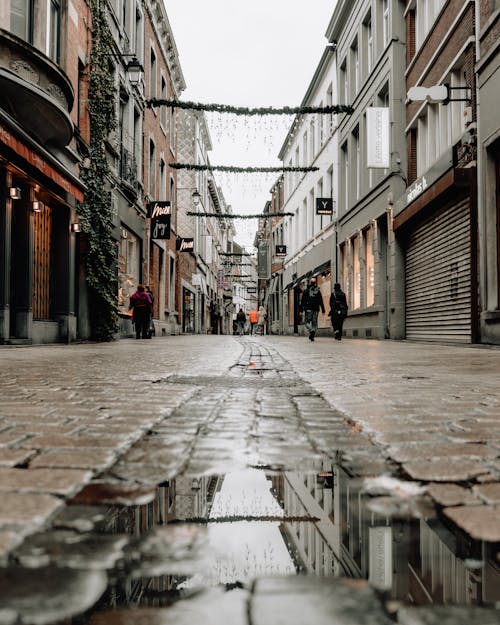Examine This Report on Framing Streets
Examine This Report on Framing Streets
Blog Article
Framing Streets Can Be Fun For Anyone
Table of ContentsFraming Streets Things To Know Before You Get ThisAn Unbiased View of Framing StreetsNot known Details About Framing Streets Fascination About Framing Streets6 Simple Techniques For Framing Streets10 Simple Techniques For Framing Streets
Digital photography genre "Crufts Pet Program 1968" by Tony Ray-Jones Street digital photography (additionally sometimes called honest digital photography) is digital photography performed for art or questions that includes unmediated chance experiences and random incidents within public places, normally with the goal of catching photos at a crucial or poignant minute by cautious framework and timing. 
Framing Streets - The Facts
Susan Sontag, 1977 Road digital photography can focus on individuals and their actions in public. In this regard, the street photographer is comparable to social documentary photographers or photographers who likewise function in public locations, yet with the aim of capturing relevant occasions. Any one of these photographers' pictures might catch individuals and home visible within or from public locations, which frequently involves navigating honest concerns and laws of privacy, protection, and residential or commercial property.
Depictions of everyday public life create a style in virtually every duration of world art, beginning in the pre-historic, Sumerian, Egyptian and very early Buddhist art periods. Art taking care of the life of the street, whether within sights of cityscapes, or as the leading motif, appears in the West in the canon of the North Renaissance, Baroque, Rococo, of Romanticism, Realism, Impressionism and Post-Impressionism.
Fascination About Framing Streets
Louis Daguerre: "Boulevard du Holy place" (1838 or 1839) In 1838 or 1839 the very first picture of figures in the street was tape-recorded by Louis-Jacques-Mand Daguerre in one of a pair of daguerreotype sights drawn from his studio home window of the Boulevard du Holy place in Paris. The second, made at the elevation of the day, reveals an unpopulated stretch of street, while the various other was taken at about 8:00 am, and as Beaumont Newhall reports, "The Blvd, so continuously loaded with a moving throng of pedestrians and carriages was completely singular, other than an individual who was having his boots brushed.
Consequently his boots and legs were well specified, yet he is without body or head, since these were in activity." Charles Ngre, waterseller Charles Ngre. https://www.edocr.com/v/2rrgxoq2/davidturley33101/framing-streets was the first digital photographer to attain the technological class required to register individuals in activity on the street in Paris in 1851. Photographer John Thomson, a Scotsman collaborating with journalist and social activist Adolphe Smith, released Road Life in London in twelve monthly installments beginning in February 1877
Framing Streets for Beginners
Eugene Atget is regarded as a progenitor, not since he was the initial of his kind, yet as a result of the popularisation in the late 1920s of his record of Parisian streets by Berenice Abbott, who was motivated to undertake a similar documentation of New York City. [] As the city established, Atget aided to promote Parisian roads as a deserving topic for photography.

3 Simple Techniques For Framing Streets
The chief Mass-Observationists were anthropologist Tom Harrisson in Bolton and poet Charles Madge in London, and their first report was generated as the publication "May the Twelfth: Mass-Observation Day-Surveys 1937 by over two hundred observers" [] Home window cleaner at Kottbusser Tor, Berlin, by Elsa Thiemann c. 1946 The post-war French Humanist School photographers discovered their topics on the street or in the restaurant. In between 1946 and 1957 Le Groupe des XV each year displayed job of this kind. Andre Kertesz. Circus, Budapest, 19 May 1920 Street digital photography formed the major web content of two events at the Gallery of Modern Art (Mo, MA) in New York curated by Edward Steichen, Five French Professional Photographers: Brassai; Cartier-Bresson, Doisneau, Ronis, Izis in 1951 to 1952, and Post-war European Digital Photography in 1953, which exported the principle see this site of road photography worldwide.

Everything about Framing Streets
, then a teacher of young children, associated with Evans in 193839.'s 1958 publication,, was substantial; raw and often out of focus, Frank's images questioned conventional photography of the time, "challenged all the formal regulations laid down by Henri Cartier-Bresson and Walker Evans" and "flew in the face of the wholesome pictorialism and sincere photojournalism of American publications like LIFE and Time".
Report this page